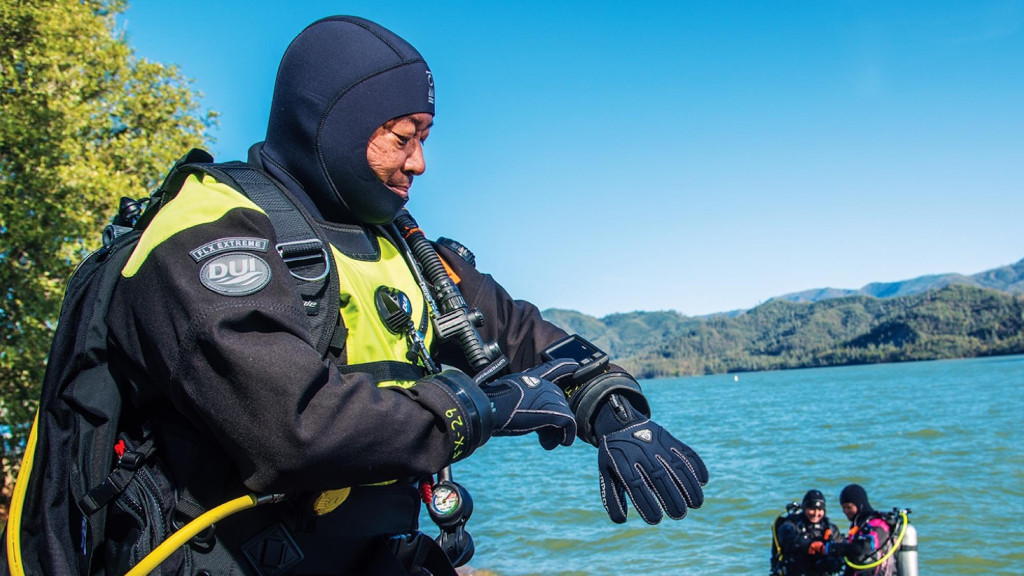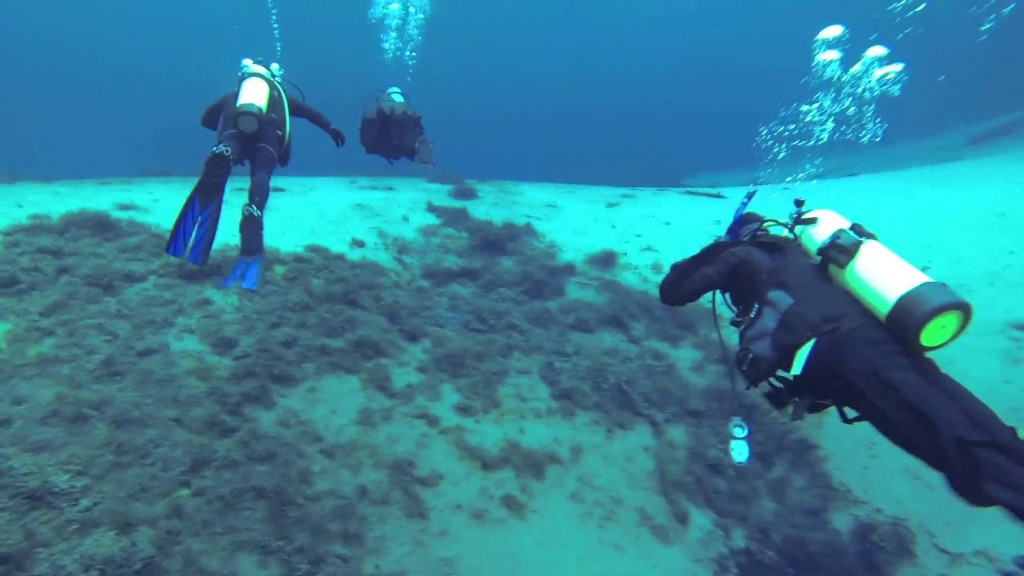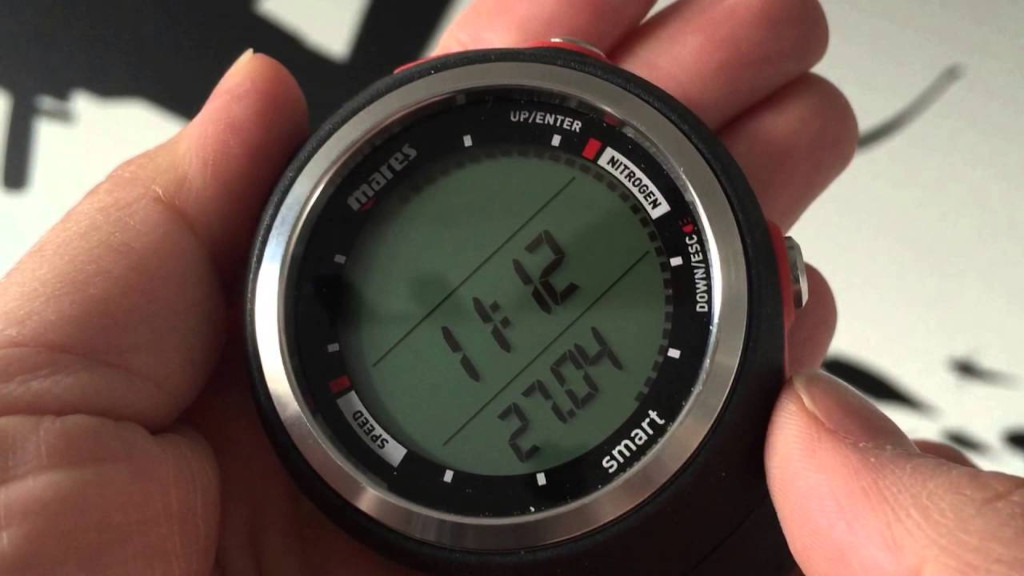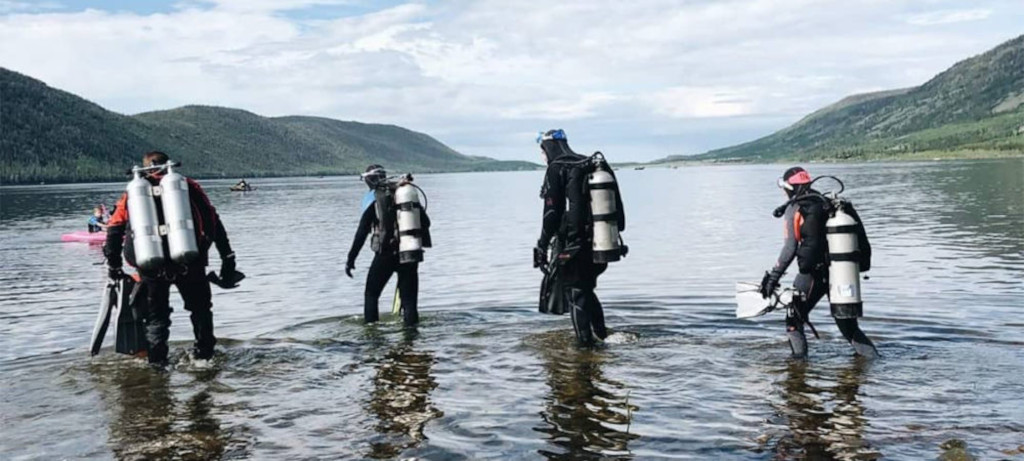Altitude diving, an exhilarating and unique form of underwater exploration, brings a whole new dimension to the world of scuba diving.

As divers, we’re accustomed to the depths of the ocean, but altitude diving allows us to venture into freshwater environments at higher elevations. In this article, we’ll delve into the realm of altitude diving, providing you with a comprehensive guide to everything you need to know about this captivating activity.
What is Altitude Diving? – Everything You Need to Know
What is Altitude Diving? Altitude diving involves diving in bodies of water situated at higher elevations, such as mountain lakes, reservoirs, and other freshwater sources nestled amidst towering peaks. These locations offer divers an opportunity to explore underwater worlds that are not only breathtakingly beautiful but also present unique challenges.
What Experience Do I Need for Altitude Diving?

Before embarking on an altitude diving adventure, it’s essential to have a solid foundation in scuba diving. While altitude diving doesn’t necessarily require extensive experience, having a good grasp of fundamental diving skills is vital. If you’re new to scuba diving, it’s recommended to gain some experience at sea level before attempting altitude dives.
Topics You’ll Study Include: Planning Dives at Altitude
Altitude diving demands meticulous planning due to the changes in atmospheric pressure and altitude-related factors. Understanding how to adjust your dive plans for different altitudes is crucial to ensure a safe and enjoyable experience.
Using Your Dive Computer

A reliable dive computer is your ally in altitude diving. Learn how to interpret the data provided by your dive computer at different elevations to manage your dive profiles effectively and avoid potential risks.
Managing Emergency Scenarios
Being prepared for emergencies is vital in any diving situation, and altitude diving is no exception. Familiarize yourself with emergency protocols specific to altitude diving and train for various scenarios to enhance your safety.
What Equipment Do I Need for Altitude Diving?
Exposure Suits and Accessories

Altitude diving often exposes divers to colder water temperatures. Adequate exposure protection, such as thicker wetsuits or drysuits, along with hoods and gloves, is necessary to prevent hypothermia.
Knife or Cutting Tool
Having a cutting tool at hand is always important, but it becomes especially critical in altitude diving environments where entanglement risks may be higher.
Is Altitude Diving Dangerous?
Altitude Sickness
One of the primary concerns in altitude diving is altitude sickness, a condition stemming from reduced air pressure and lower oxygen levels at higher elevations.
Altitude sickness, also known as acute mountain sickness (AMS), can manifest as symptoms such as headache, nausea, fatigue, and shortness of breath. Recognizing these indicators and understanding their connection to diving can be pivotal in averting potential dangers.
To mitigate the risks, divers are advised to ascend gradually, allowing their bodies to acclimatize to the changing conditions. Adequate hydration, proper nutrition, and avoiding alcohol are additional strategies that aid in preventing altitude sickness.
Hypothermia
Cold water temperatures are a prevailing characteristic of altitude diving sites, posing a significant risk of hypothermia. As divers explore the depths of high-altitude lakes, their bodies are exposed to water that can rapidly sap their warmth.
This makes proper exposure protection a non-negotiable aspect of altitude diving. Equipping oneself with suitable exposure suits, gloves, hoods, and boots is vital to safeguard against the cold.
Monitoring body temperature and employing warming techniques, such as ascending to shallower depths or using designated warmth stops, are practices that can stave off the onset of hypothermia.
General First Aid
The significance of general first aid principles takes on amplified importance in the context of altitude diving. Unlike more accessible diving locales, remote high-altitude sites might entail longer wait times for medical assistance to arrive. In such scenarios, divers equipped with basic first aid skills can become crucial first responders.
Understanding how to address injuries, administer CPR, and manage common diving-related ailments like barotrauma is paramount.
Enrolling in comprehensive first aid courses that incorporate altitude diving scenarios can empower divers to act swiftly and effectively, potentially making the difference between a minor inconvenience and a major crisis.
Where Can I Go Altitude Diving?
Altitude diving destinations beckon with a promise of unique underwater adventures that showcase the splendor of high-altitude locales. These captivating sites offer a diverse range of experiences, from crystal-clear waters to vibrant aquatic ecosystems.
Here are a few notable spots around the world that are well worth exploring:
Yellowstone National Park, USA
Dive into the pristine waters of high-altitude lakes that are nestled within the breathtaking landscapes of Yellowstone National Park. These alpine lakes, formed by ancient glaciers, offer a glimpse into the park’s serene beauty beneath the surface. As you immerse yourself in the tranquility of these secluded waters, you’ll encounter submerged forests, rock formations, and aquatic life that have adapted to the unique conditions of the region.
Walchensee, Germany
Nestled within the picturesque Bavarian Alps, Walchensee stands as a testament to the captivating allure of altitude diving in Europe. Known for its remarkable clarity, this lake provides divers with an opportunity to explore underwater landscapes that mirror the majesty of the surrounding mountains. As you descend into the depths, you’ll discover hidden coves, underwater rock formations, and perhaps even a glimpse of the elusive trout that call this lake home.
Caumasee, Switzerland
Delve into the turquoise waters of Caumasee, a gem nestled in the heart of the Swiss Alps. The pristine clarity of this picturesque lake invites divers to venture beneath its surface and discover a realm of ethereal beauty. As you navigate the underwater trails, you’ll encounter submerged trees, boulders, and aquatic life that flourish in the cool, alpine waters. The serene ambiance of Caumasee sets the stage for an unforgettable altitude diving experience.
Lake Atitlán, Guatemala
Embark on a journey to Central America’s deepest lake, Lake Atitlán, cradled within the embrace of ancient volcanic calderas. The underwater wonders of this lake are a testament to the geological forces that have shaped the region. Dive into its depths and uncover a world where submerged volcanic formations, mysterious cenotes, and a rich variety of aquatic life await. The volcanic history of the region has contributed to the unique character of this diving destination, making it a must-visit for altitude diving enthusiasts.
FAQ
Is Diving at Higher Altitudes Riskier Compared to Standard Diving?
Altitude diving comes with unique challenges, but with proper training and preparation, the risks can be managed effectively.
Is It Possible to Utilize Regular Scuba Gear for Diving at Altitude?
While some adjustments might be necessary, you can generally use your regular scuba gear for altitude diving. However, certain equipment considerations, like exposure protection, are crucial.
Are Specific Certifications Required for Participation in Altitude Diving?
While specific certifications for altitude diving exist, they are not always mandatory. However, obtaining proper training and certification is highly recommended to ensure your safety and enjoyment.
Can Distinctive Underwater Creatures Be Found in Altitude Diving Environments?
Altitude diving sites can host unique aquatic life adapted to their high-altitude habitats. These environments often provide opportunities to encounter species not found in traditional sea-level diving locations.
Are There Altitude Diving Spots Recommended for Beginners?
Yes, some altitude diving locations are suitable for beginners, provided they receive proper training and guidance from experienced instructors.
What Stands as the Highest Altitude Achieved in a Diving Expedition?
The record for the highest altitude achieved in a diving expedition was set at an astonishing elevation, showcasing the remarkable feats that divers can accomplish.
In conclusion
Altitude diving offers a captivating and rewarding experience for divers willing to explore freshwater environments at higher elevations. While it presents unique challenges, with the right knowledge, training, and equipment, these challenges can be navigated safely. Whether you’re an experienced diver seeking a new adventure or a beginner looking to expand your horizons, altitude diving has something truly special to offer.
